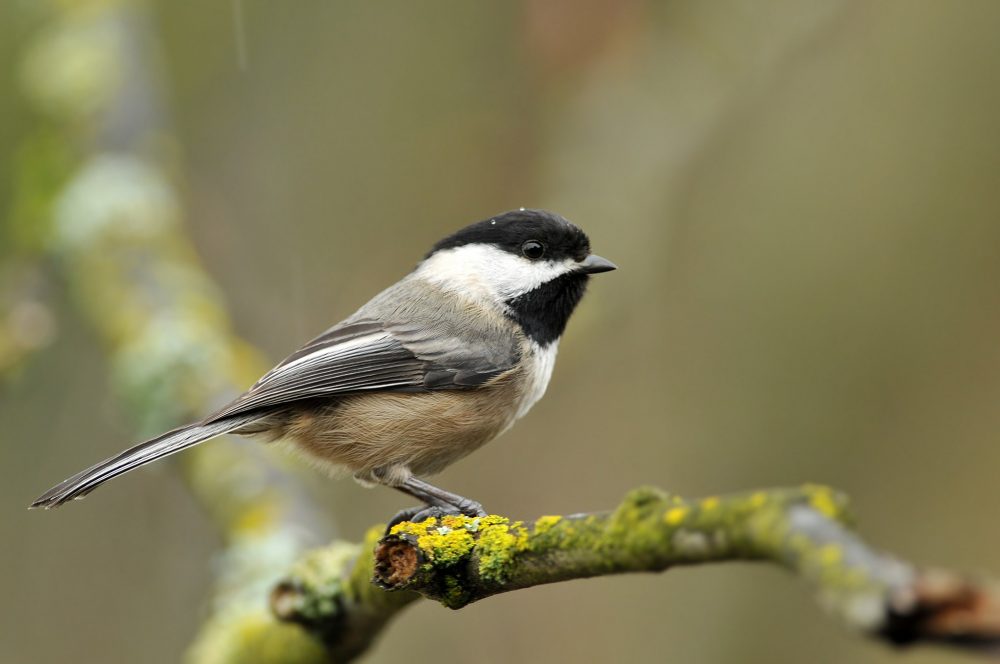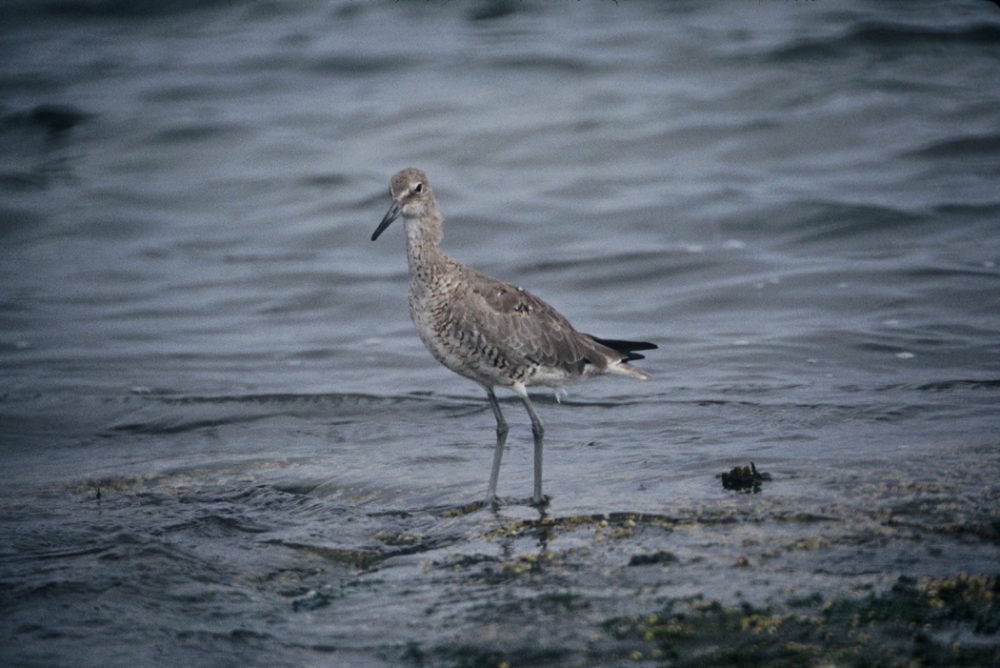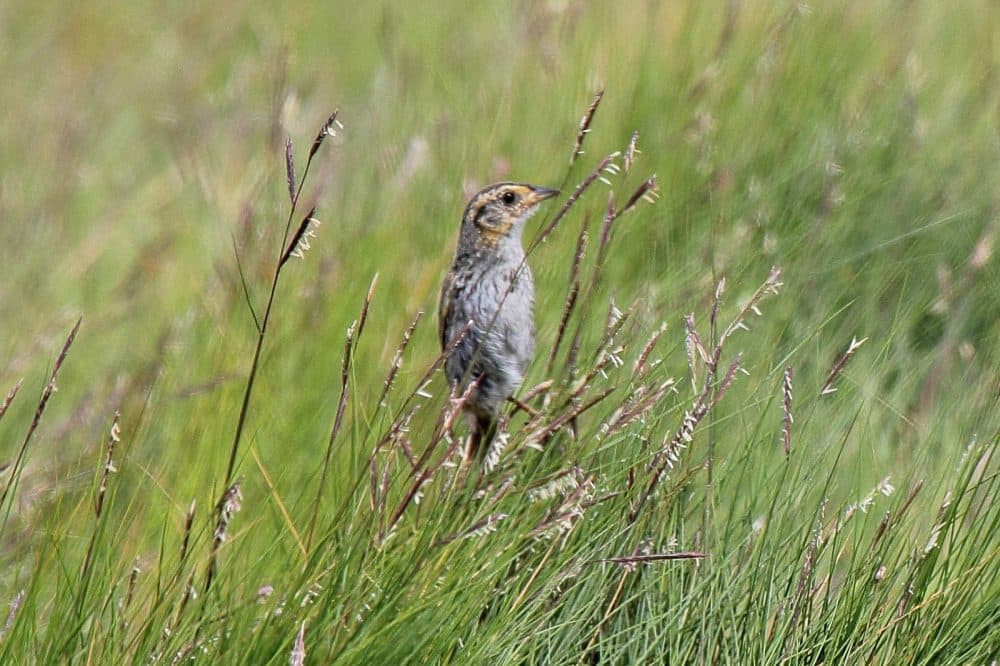Advertisement
commentary
Is Climate Change The Swan Song Of The Black-Capped Chickadee?

A report released days ago by Mass Audubon spells out grim news for birds in Massachusetts — the warming climate threatens 43 percent of the species that breed here. The corrosive effects of climate change are rapidly rendering ecosystems in Massachusetts incompatible with many familiar birds, including even our state bird, the black-capped chickadee.
Audubon’s modeling suggests that by 2050, sharp declines in populations of many familiar species are probably unavoidable. Some of the birds we find today in our forests and along our coastline will likely be gone, possibly replaced by other species that are more adapted to the altered habitats. Ornithologists have already noted the northward expansion of competing species like the Carolina wren as our winters have become milder over the past few decades.
The fate of birds in Massachusetts after 2050 will depend on globally curtailing greenhouse gas emissions between now and then. In the meantime, climate change is throwing sand into the gears of an ecology that evolution has attuned over millennia. A rise in sea level reduces habitat for our marsh-nesting species such as the willet and the saltmarsh sparrow. In the western part of the state, maple and beech trees critical for forest-breeding birds may not tolerate coming changes in temperature and precipitation, even if the birds themselves could. By the end of the century, the mix of trees in our forests may come to resemble that which today is found in the American South.

The Mass Audubon report describes a phenomenon that ecologists call “trophic mismatch,” which occurs when a species’ food supply falls out of sync with its breeding schedules. Migrant birds take cues from the length of daylight to time their arrival here so that the availability of food for their young will be at its peak. But with climate change causing an earlier arrival of spring, insect populations crest well before eggs hatch, making it harder for these migrants to provide adequate food for their broods.
And beyond cataloguing the ecological damage done by climate change, the report is a call for action. It details activities that Mass Audubon has undertaken, and calls on individuals to engage in support of clean energy development, the Paris Agreement and wildlife protection. Conservationists have long wrestled with the question of how to generate public support — and political action — for the preservation of wild ecosystems and increased awareness of the value of biodiversity.
So, why then does it matter that we won’t see chickadees at the feeder in 2050?
It’s daunting to determine the value of any given species, but one attempt to quantify what nature is worth is based on what have been termed “ecosystem services.” Ecosystem services comprise all aspects of global ecosystems that provide benefits to humans. They encompass regulating services like filtration of water sources, pollination and flood control; provisioning services like water, crops and fuels; cultural services such as recreation and ecotourism; and other supporting services, including natural processes that regenerate soils and cycle nutrients.
Advertisement

Ecologists advanced the idea of ecosystem services intending it to help illustrate the value of the natural world to human society and thereby promote conservation. But when policymakers started attaching monetary values to systems in nature, it raised some contentious questions.
British writer and environmentalist George Monbiot has sharply criticized the ecosystem services movement. He points to the difficulty of putting meaningful prices on the natural world and scoffs at the accuracy of valuations that have been put forth — “these figures, ladies and gentlemen, are marmalade.”
Monbiot further objects that the economic orientation ultimately plays into the hands of those who pose the greatest threat to ecosystems, namely the financial community. In Monbiot’s view, moving the conservation game to the home field of the bankers and economists is a flawed strategy because it will ultimately enable them to prioritize economic growth over nature.
So the debate around framing ecosystems as economic assets continues. But even its defenders concede that ecosystem services are insufficient as a means to protect nature in the absence of a moral underpinning that recognizes the intrinsic worth of biodiversity. An ethic that acknowledges the interdependence between the human species and all other species must complement any economic cost-benefit analysis of climate and wildlife conservation efforts.
Naturalist and author E. O. Wilson cogently captured the value of biodiversity with his observation that, “when you have seen one ant, one bird, one tree, you have not seen them all.” The Mass Audubon report gives us reason to ponder those words.
